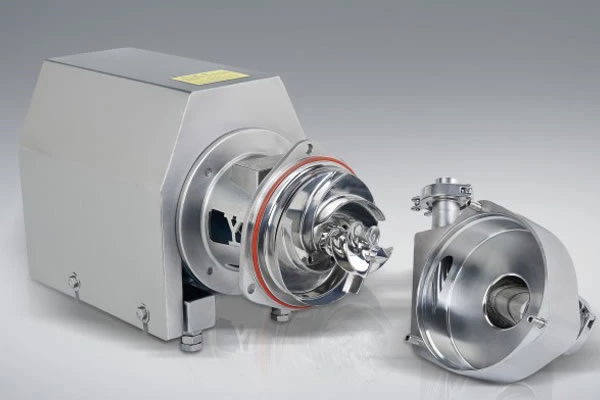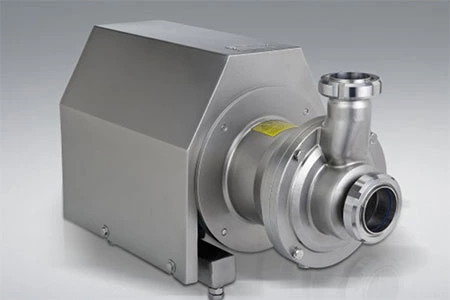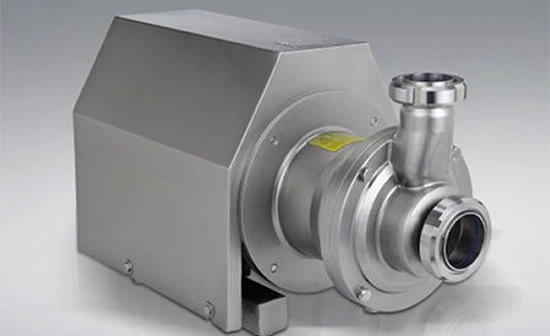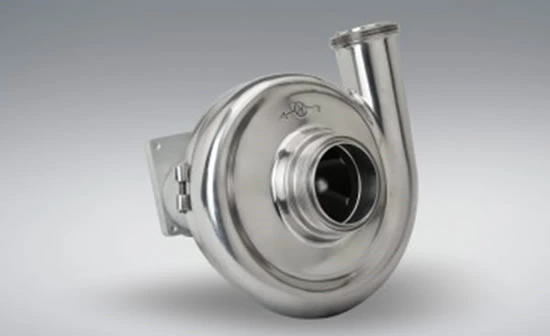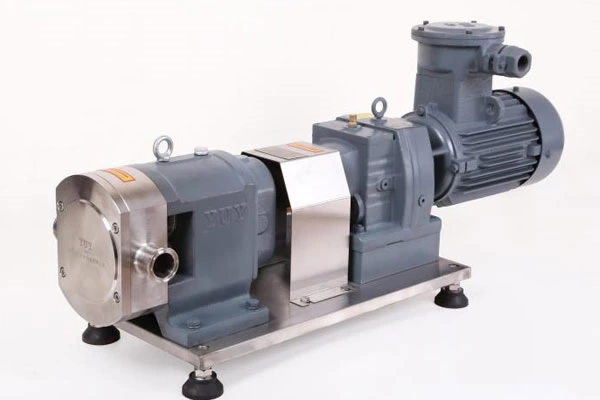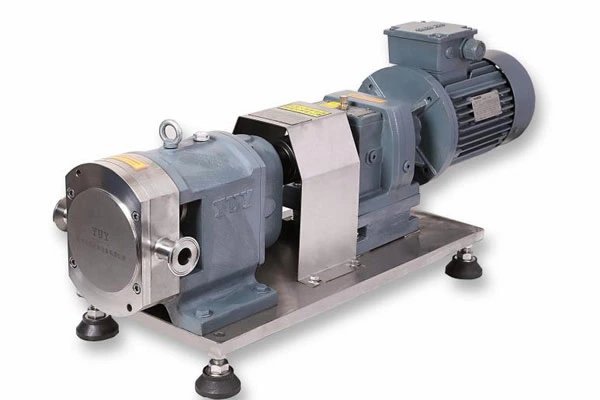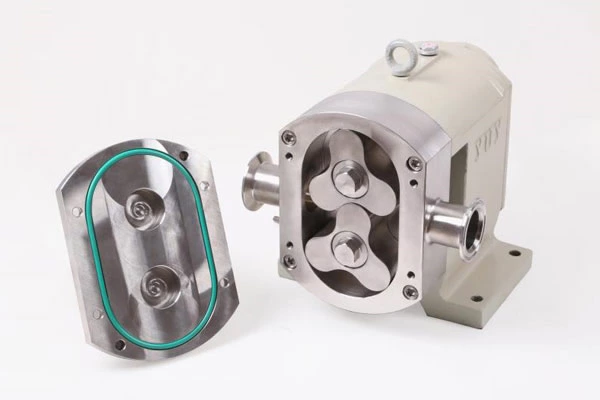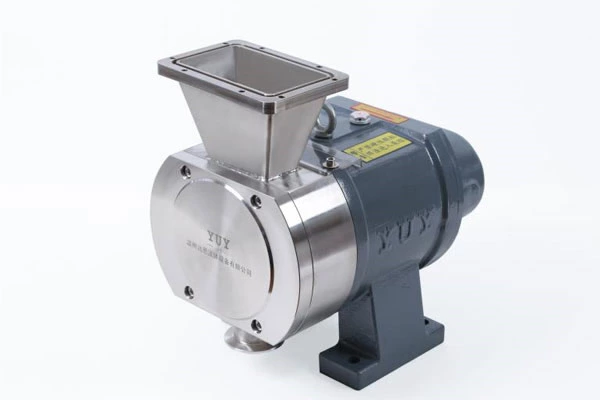Principle and characteristics of sanitary CIP self-priming pump
The sanitary CIP self-priming pump is specially designed to handle the suction material whose liquid level is lower than the inlet of the sanitary pump and the transport of fluid materials containing part of the gas. The self-priming pump casing, pump cover and impeller are all made of high-quality stainless steel 304 or 316L. The motor has a stainless steel guard. The inner surface is mirror-polished and the roughness is Ra0.28um. The outer cover is brushed and matted. Fully comply with GMP requirements.
working principle
For ordinary sanitary centrifugal pumps , if the suction liquid level is below the impeller, it should be filled with water before starting, which is very inconvenient.
In order to store water in the sanitary negative pressure pump , a bottom valve must be installed at the inlet of the suction pipe. When the pump is working, the bottom valve causes a great hydraulic loss. The so-called self-priming pump does not need to be filled with water before starting (it still needs to be filled with water for the first start after installation). After a short period of operation, the pump itself can suck up the water and put it into normal operation.
Structural features
The sanitary pump is a single-stage self-priming positive displacement pump consisting of a pump cover, impeller, pump body, and motor. The impeller is star-shaped, and the pump cover and pump body form the inner cavity of the pump. When the impeller rotates in the inner cavity of the pump, the volume formed by the spokes of the impeller and the inner cavity gradually increases from the suction port to the discharge port. The capacity is gradually reduced. Therefore, the liquid contained in the spokes of the impeller can be sucked and discharged back and forth, forming a certain self-priming ability.
Application field
Sanitary self-priming pumps are mainly used in pharmaceutical, wine, food, chemical, beverage and other industries that require self-priming and liquid transportation with a part of gas. Especially used as a return pump in the CIP in-situ cleaning system.



